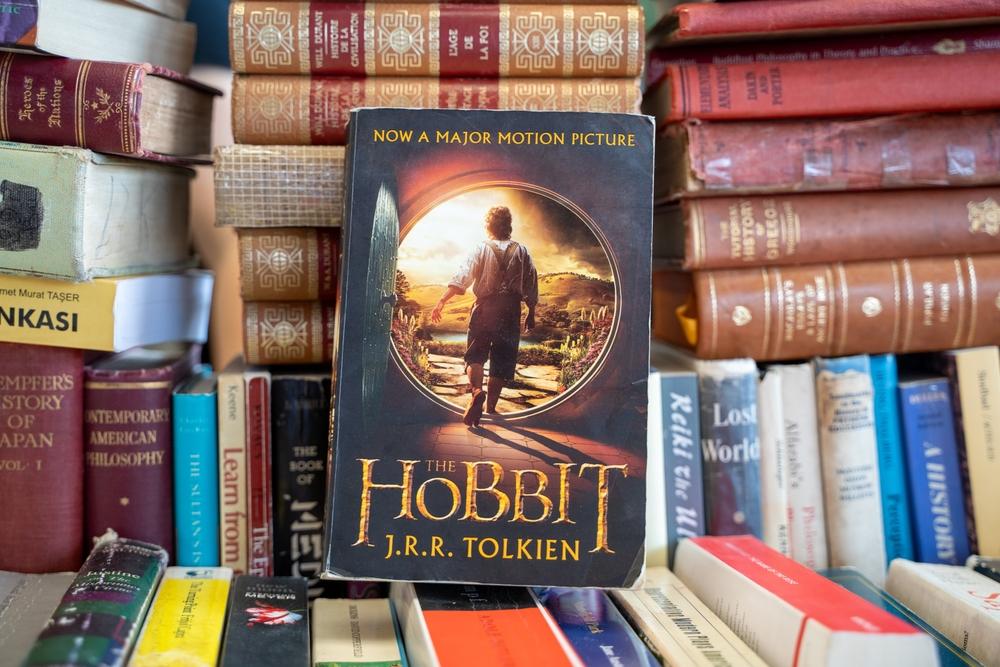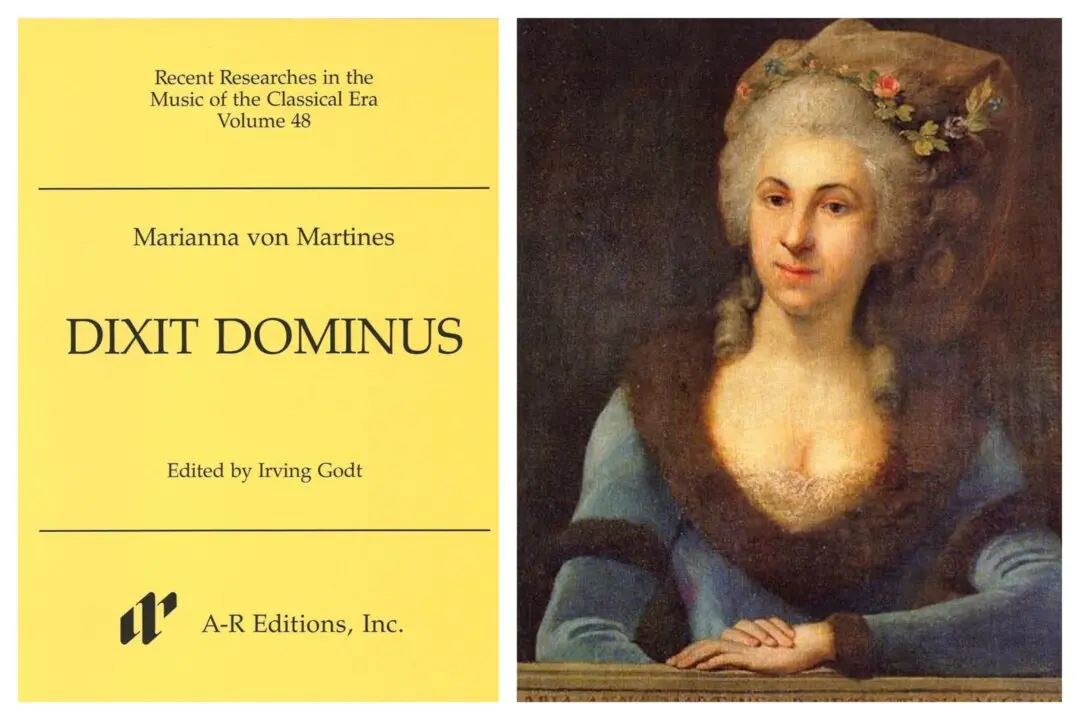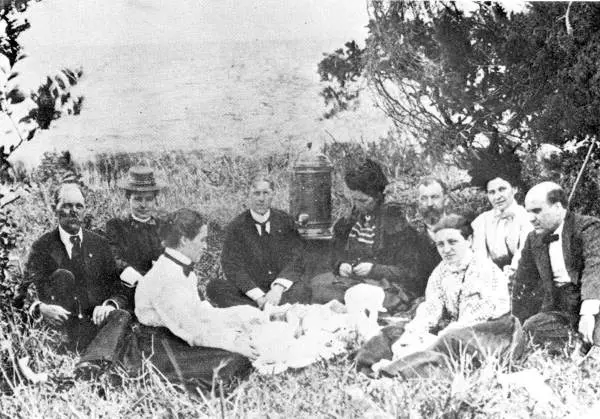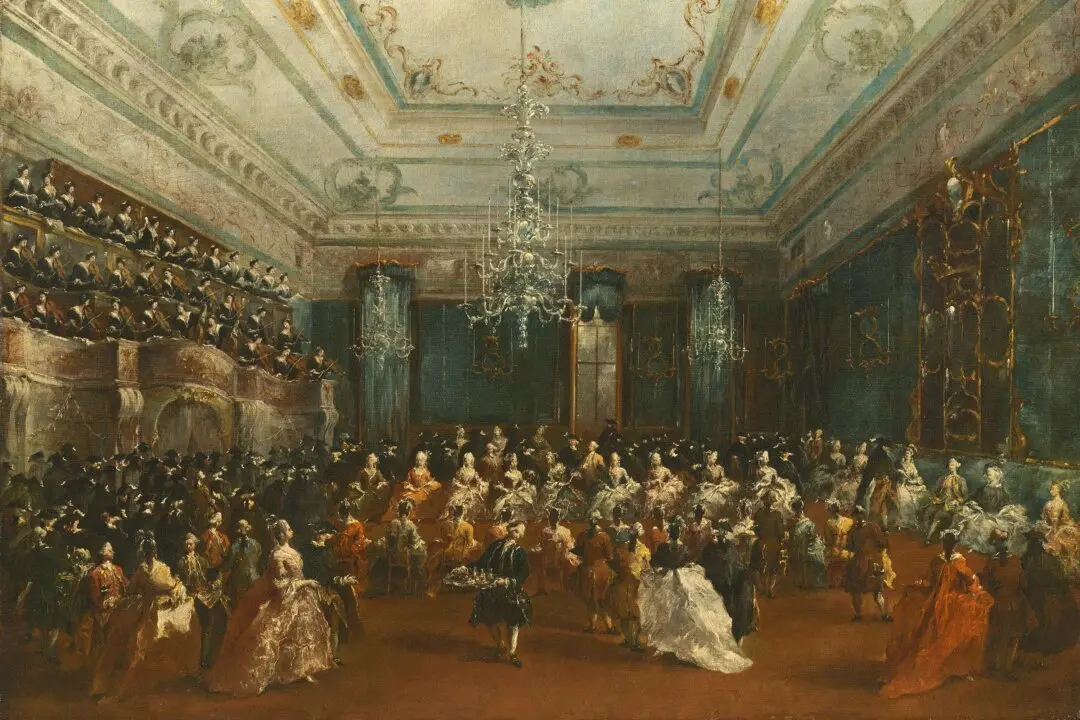When Sir Stanley Unwin, founder of the Allen & Unwin publishing firm, requested that J.R.R. Tolkien write a sequel to the hit children’s book “The Hobbit,” the world did not know what it was in for. After waiting almost 20 years, Unwin received a massive tome containing invented languages and explanatory appendices—clearly not what he had asked for.
Unwin only published “The Lord of the Rings” because Tolkien agreed to renounce royalties in favor of a profit-sharing agreement: Tolkien would get nothing until Unwin recovered his costs.





